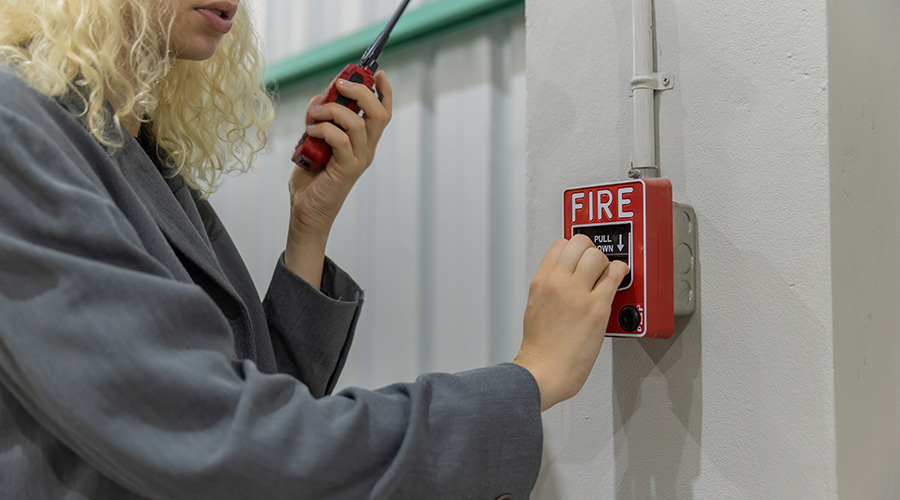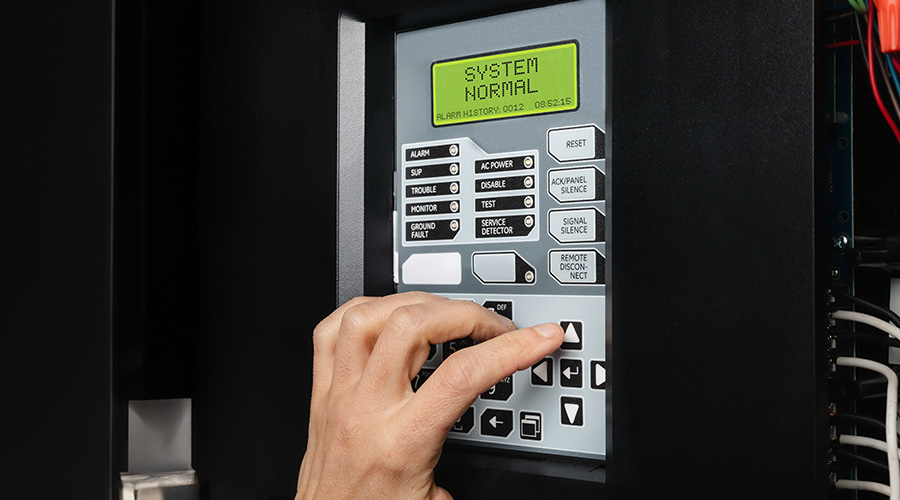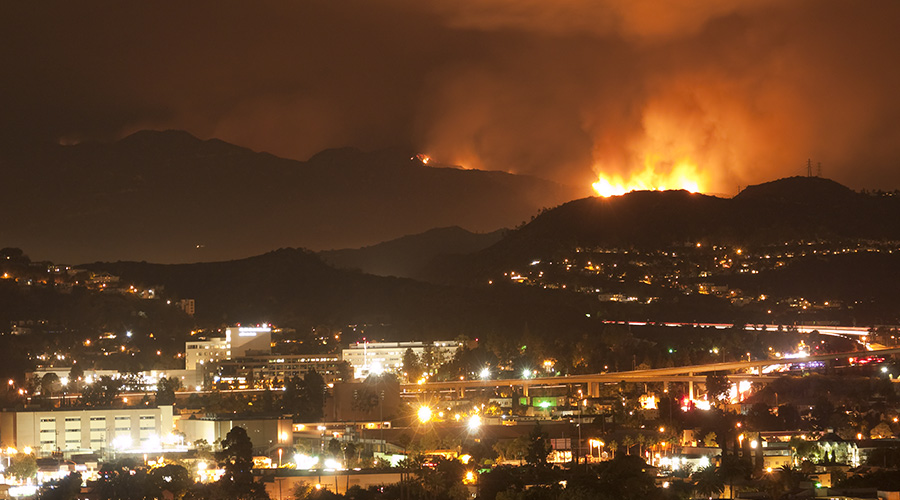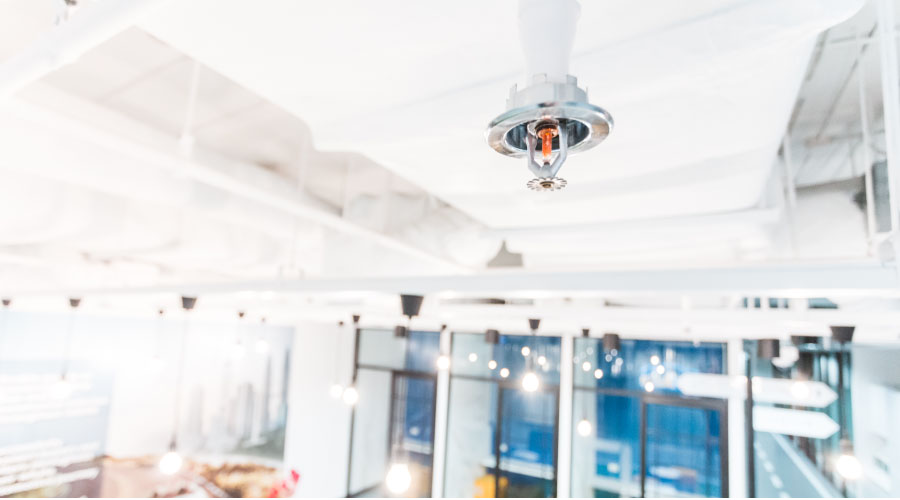NFPA 72's Low Frequency Sounders Requirement Takes Effect
By Casey Laughman, Managing Editor
OTHER PARTS OF THIS ARTICLEPt. 1: This Page
When the new year began, so did a new requirement for fire alarm sounders in certain applications. While the traditional, high-pitched sounders will stay usable in a lot of areas, low-frequency — specifically 520 Hz, square-wave — sounders will be required in areas intended for sleeping, such as hotel rooms, college dorms, apartments, or assisted living.
The change — originally added to the 2010 version of NFPA 72: National Fire Alarm and Signaling Code — applies to new construction of these spaces, and is designed to provide better protection in the case of a fire to people who have some hearing loss or others, such as children, who have trouble waking up to higher-pitched noises.
"The impetus for that was primarily from the folks that deal with the deaf and hard of hearing community," says Lee Richardson, senior electrical engineer and NFPA 72 staff liaison, NFPA. "There were some early studies done that cast doubts on the ability of (high-frequency) strobes to actually awaken people with hearing loss."
Another group that raised concern about the effectiveness of high-frequency sounders was children. Studies and experiments have shown that children, who generally fall into a deeper sleep than adults, could sleep through the higher-frequency sound, which was generally in the 3,000-4,000 Hz range in commercial sounders.
So, with those considerations in mind, the new requirement was put into place to help provide a more effective option for waking those who could sleep through the older high-frequency alarms. The frequency was chosen based on research, conducted over a decade in Australia, which showed that in certain cases — children; those with mild to severe hearing loss; and even slightly alcohol-impaired adults — the higher-frequency sounds were not effective at awakening people, but the lower-frequency sounds were.
Practical Applications
One thing to keep in mind, says Richardson, is that the change is one of frequency, not volume.
"It didn't modify the audibility levels at all," he says. "All it did was specify that it had to be a square wave or provide equivalent awakening ability."
So what does that mean when it comes to putting the new requirement into practice? There are a few things to know to help ease the transition.
First, the requirement applies only to the sleeping areas themselves. Common areas such as hallways or lobbies are not required to have low-frequency sounders. So, in a hotel, for example, the rooms would need to have the low-frequency sounders, but the hallways and lobby would not.
But, while distinctions such as that may make it seem somewhat of a hodge-podge when it comes to determining what is needed where, consider that it could have been worse. The residential version of the code requires the low-frequency sounders in residences that will be occupied by people with "moderate to severe hearing loss." Which means that by applying a universal requirement instead of some sort of measurement for when it applies, the commercial code avoids numerous headaches such as having to designate a certain number of sleeping areas for use by hard of hearing guests, Richardson says. Instead of having to estimate how many low-frequency sounders might be needed at any given point, the code simply requires all new spaces to be equipped with the sounders.
There is one other area of the code where the new frequency is required as well. In the chapter dealing with emergency communication systems — also often referred to as mass notification systems — there is a requirement for the new frequency to be the tone that precedes any voice notifications.
Email comments and questions to casey.laughman@tradepress.com.
Related Topics:











